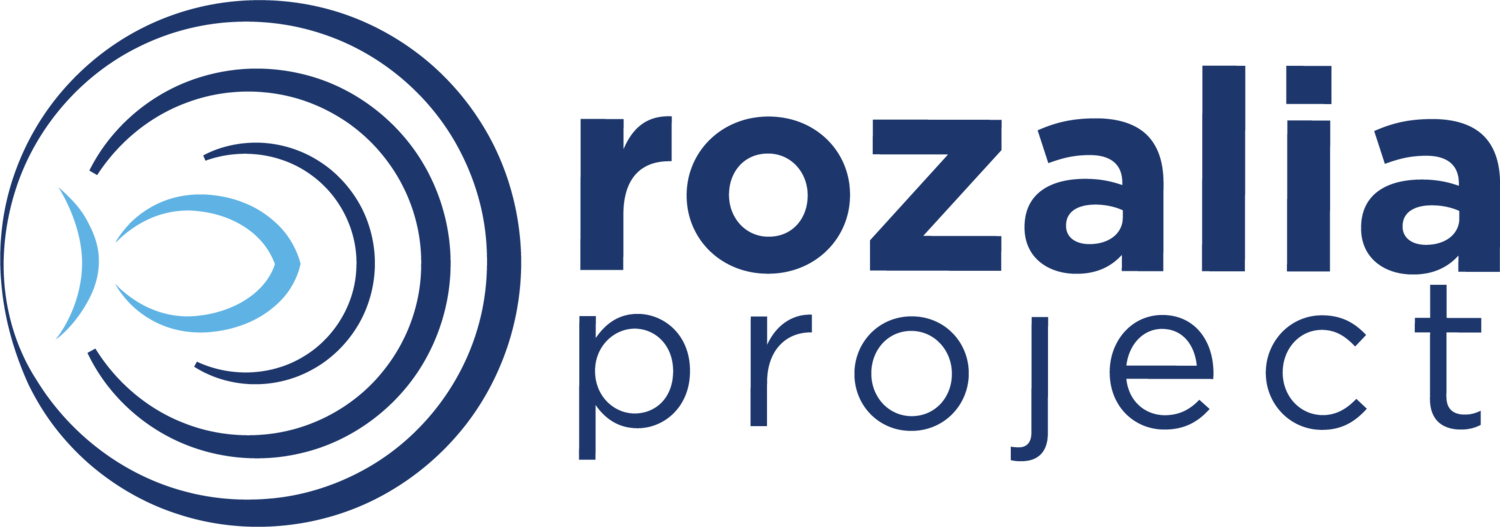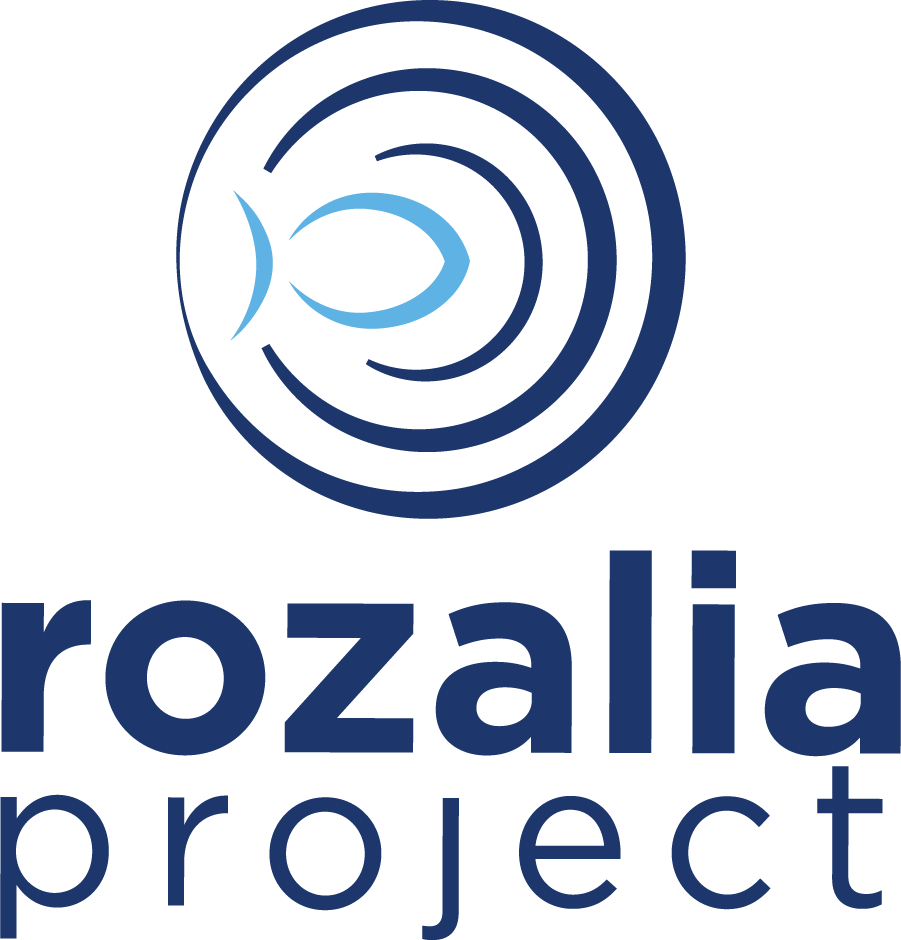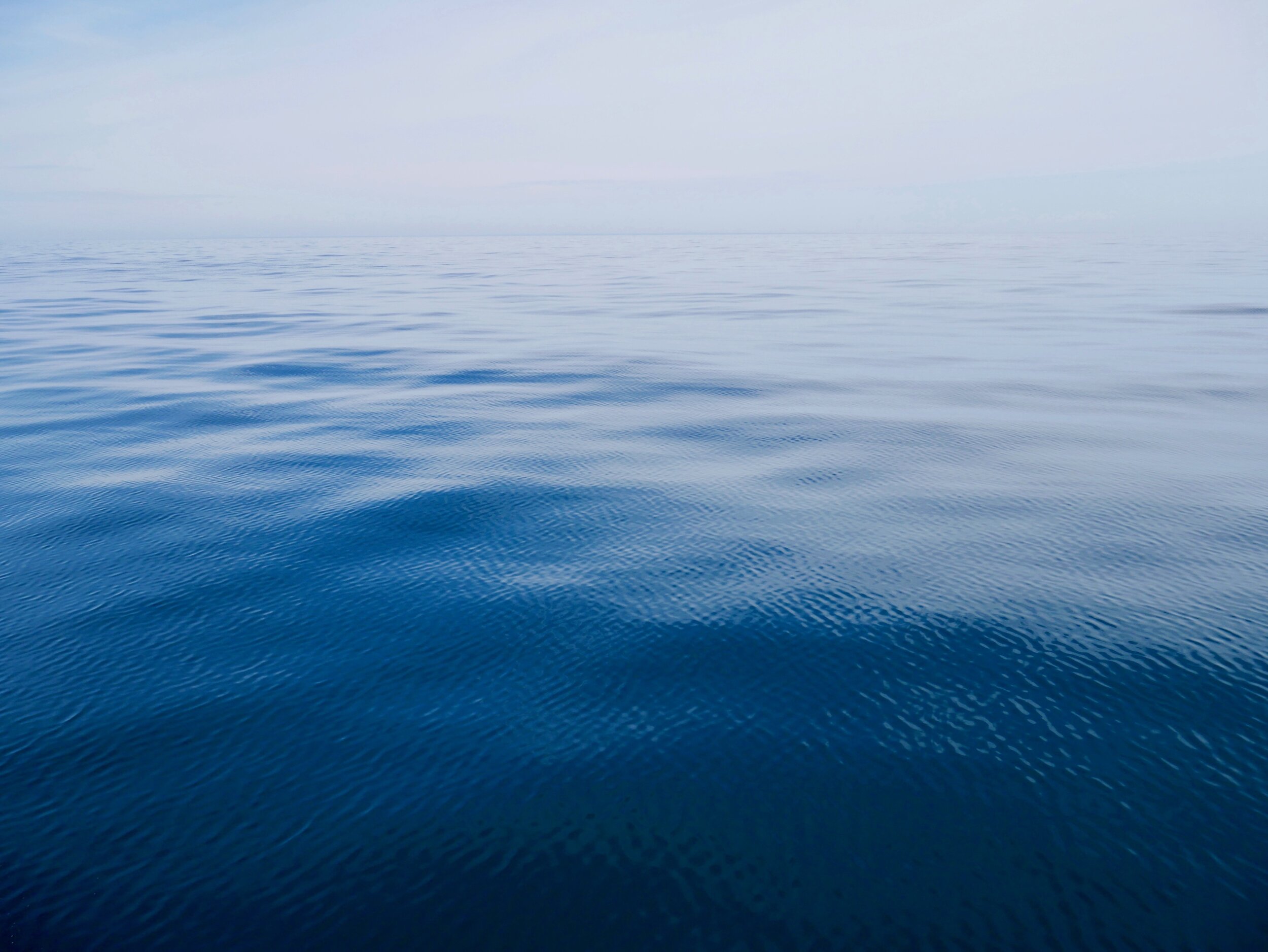
Innovation & Technology
From the start, Rozalia Project has focused on the whole water column, surface to seafloor
Whether we are searching for and cleaning up marine debris, or we are investigating the life protected areas support or the destruction caused by bottom trawling, we need to be able to ‘be’ underwater.

Technology for a clean, health ocean and beyond.
Meet Hector the Collector
Video Ray Pro 4 ROV
Hector is our VideoRay Pro 4 ROV (remotely operated vehicle)! This is a small robot that we control from the surface. It can take video and still pictures and carries a manipulator to grab everything from plastic bags to beverage cans. The ROV does the dangerous underwater work, reducing risk to humans (who are affected by cold, depth, pressure, contaminants, etc.). It allows us to observe and remove trash without impact to the underwater world (no dragging) and has no effect on sea creatures (perhaps other than making them wonder what kind of fish the ROV might be). This ROV is small, but it by no means low tech. In fact, this type of ROV, called a micro-ROV, packs a lot of technology and power in a small package. Even better, it is very user-friendly. We can operate down to 1000′ and in any temperature (even under the ice). More info @ videoray.com.



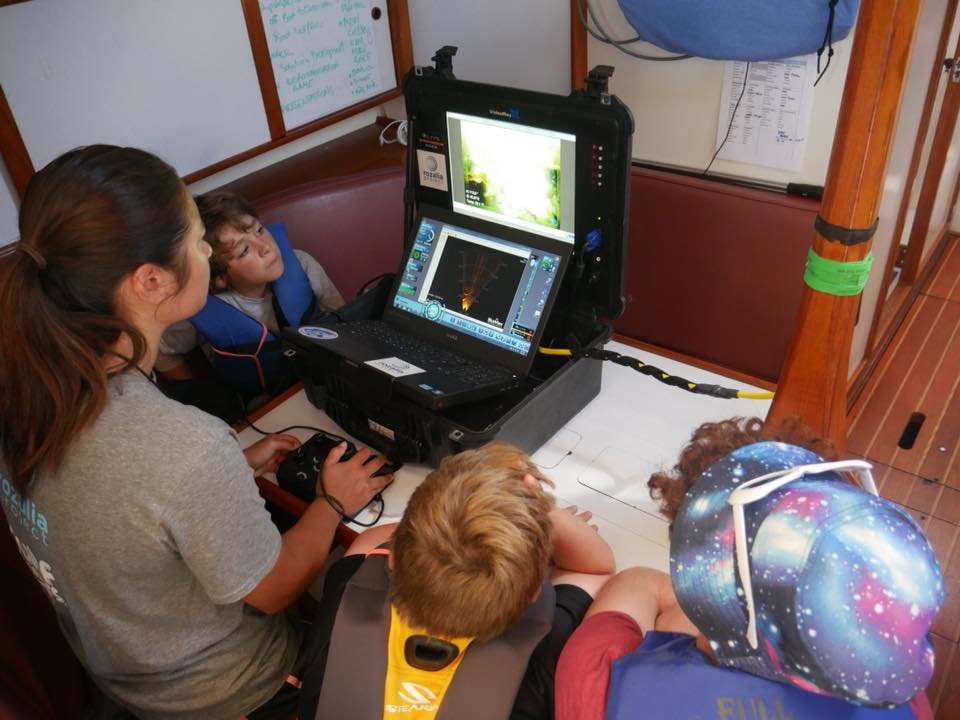
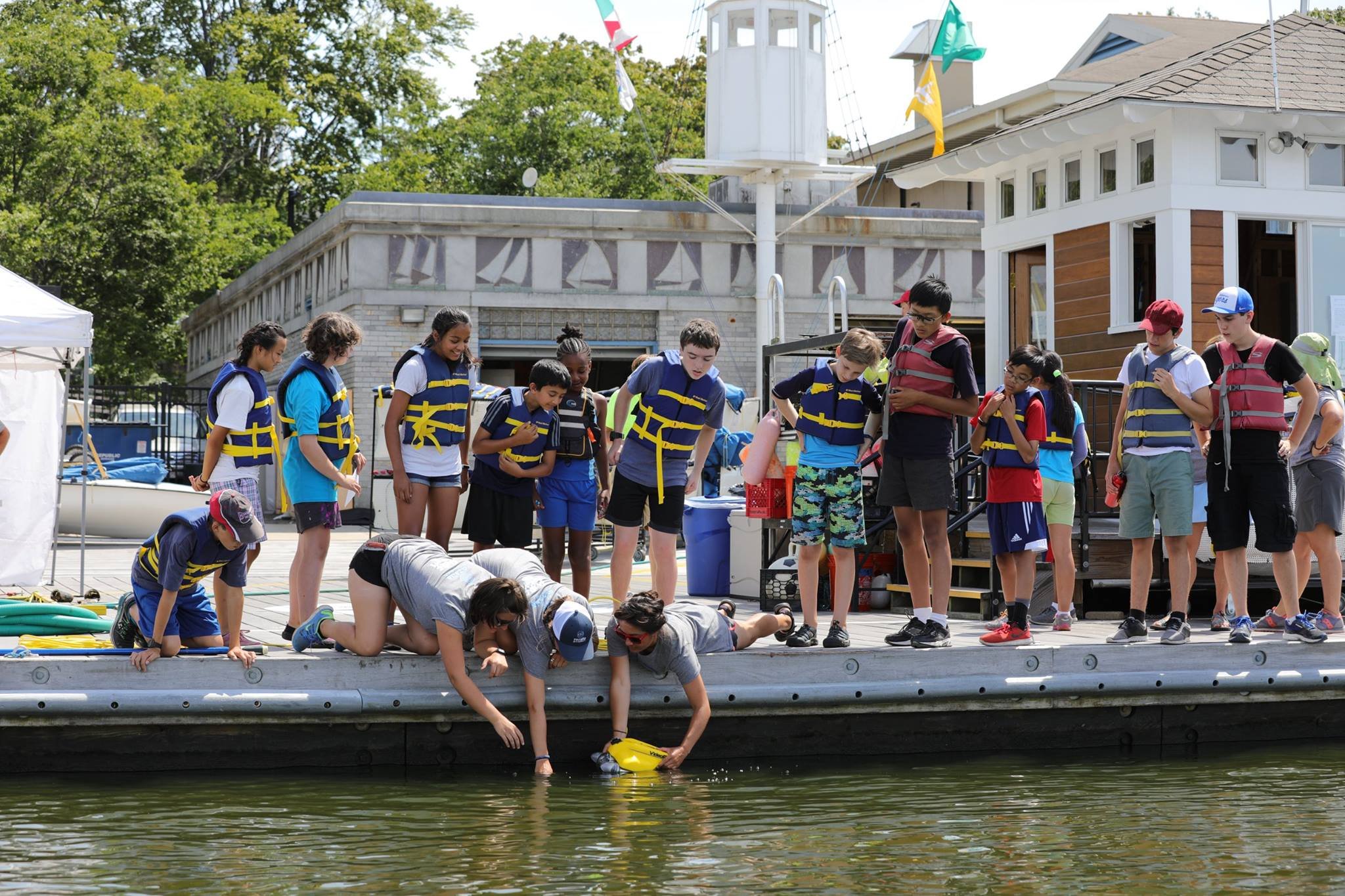
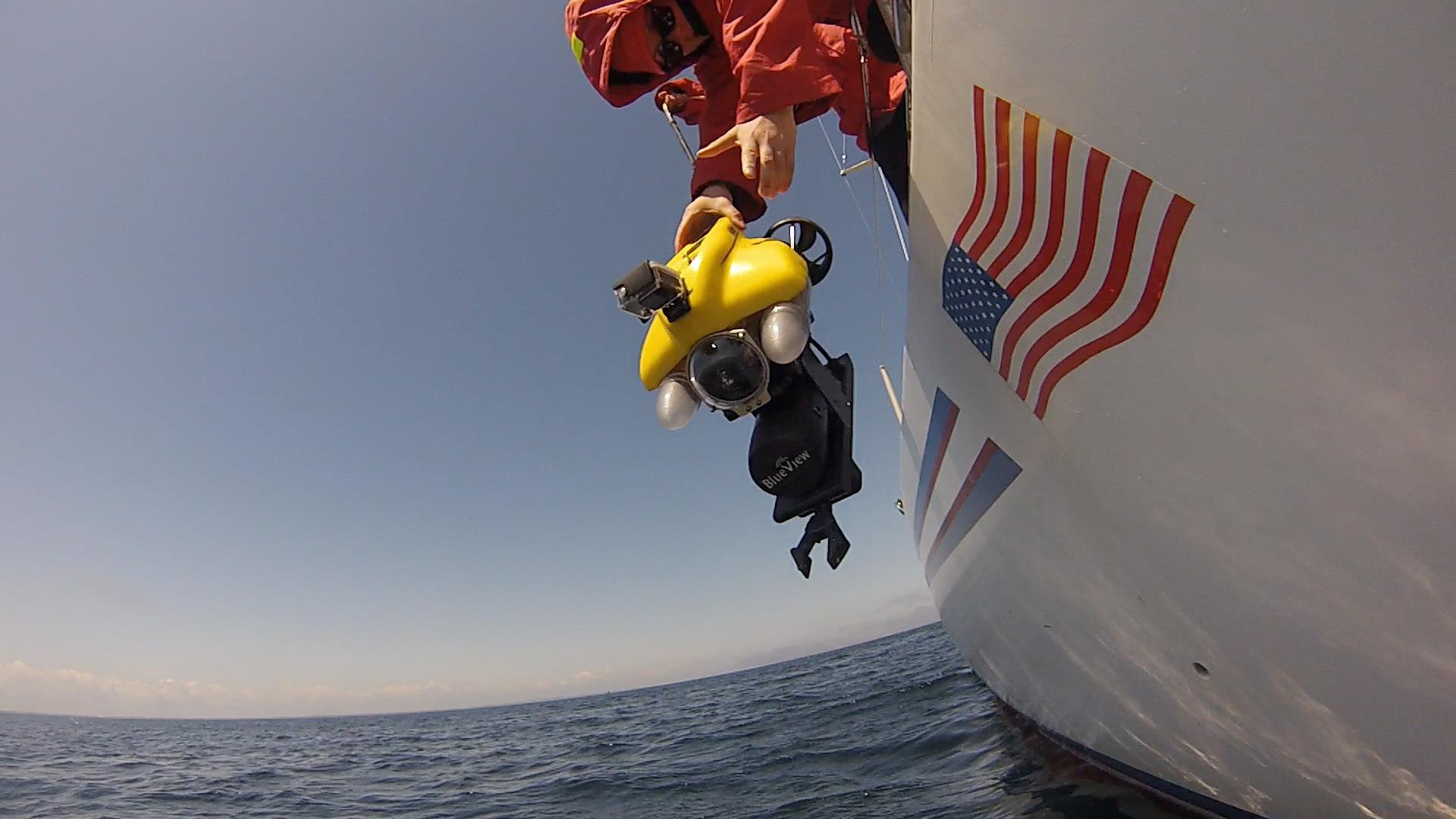
Seeing with Sound
Blueview Multibeam Imaging Sonar
While up to 180′ away from the sea floor, even in the blackest water, Teledyne Blueview’s multibeam imaging sonar let us see. It is a sonar head that attaches to the VideoRay. The images it sees are sent to a computer screen aboard our boat and help us identify and then fly straight to something as small as a beverage can! This sonar is unique because it ‘sees’ moving images, similar to a video camera. The photo to the left is a still image taken from the Blueview sonar. It shows a derelict lobster trap complete with detail of the severed line that once attached this trap to the surface. In addition to derelict fishing gear and the marine debris we are looking for, the Blueview also shows us schools of fish, divers and we have even seen a harbor seal swim by! More info @ blueview.com
Seeing better than our eyes can see
Lyyn Hawk Image Enhancement System
Once we are within camera range of the target, we use the Lyyn Hawk image enhancement system. This is a very clever device that essentially suppresses the dominant color. If everything is very dark green down, below, the Lyyn will brighten up what we see through the VideoRay’s camera, making the underwater world more clear and allowing us to locate and remove even very small pieces of trash and debris from the sea floor – whatever the visibility. The image to the right shows just how effective the Lyyn can be. This was taken in the Charles River on a day where we did not have more than 10″ of visibility. With the Lyyn, we were able to spot this old ship’s bell and bring it to the surface. More info @ lyyn.com
Knowing Where We Are and Where We’ve Been
KCF Technologies and Smart Tether Positioning System
Rozalia Project is also excited to work with KCF Technologies and their Smart Tether positioning system. This tether-based system gives the ROV’s exact latitude and longitude and allow us to mark the location of every piece of trash we pick up – it then shows us our trash tracks on Google Earth, making it invaluable to our data collection and research. In addition to marking debris, this is also an excellent aid to navigation for our ROV pilots. The Smart Tether’s software shows which way the ROV is moving in relation to the launch position – a feature that has kept Hector from getting stuck under docks and boats numerous times! One of the best features about the Smart Tether is that, like the Blueview sonar, it is integrated into the VideoRay system eliminating the need for additional cables and boxes, we just plug in the ROV and off we go. More info @ kcftech.com
Seeing the Big Picture
Tritech Starfish Seabed Imaging System
The VideoRay, Lyyn and Blueview will get the job done when we are at the seafloor, but, before even splashing the VideoRay, we need to see the bigger picture of what is down below. The Tritech Starfish seabed imaging system is our tool of choice. This is small, incredibly easy to use and produces high resolution side scan sonar images of a wider area than the other equipment. We tow the Starfish behind American Promise and watch as it paints a picture of the seafloor. We used the Starfish to conduct a derelict fishing gear survey off the coasts of Maine and New Hampshire (finding 1,570 potential derelict traps in 26 miles of survey track) and got this great image of a shipwreck. Just along the left side of the image, you can see an active trap line (3 rectangles in a row) with potential derelict traps at the bottom of the wreck on the left side of the image and low on the right side. More info @ tritech.co.uk
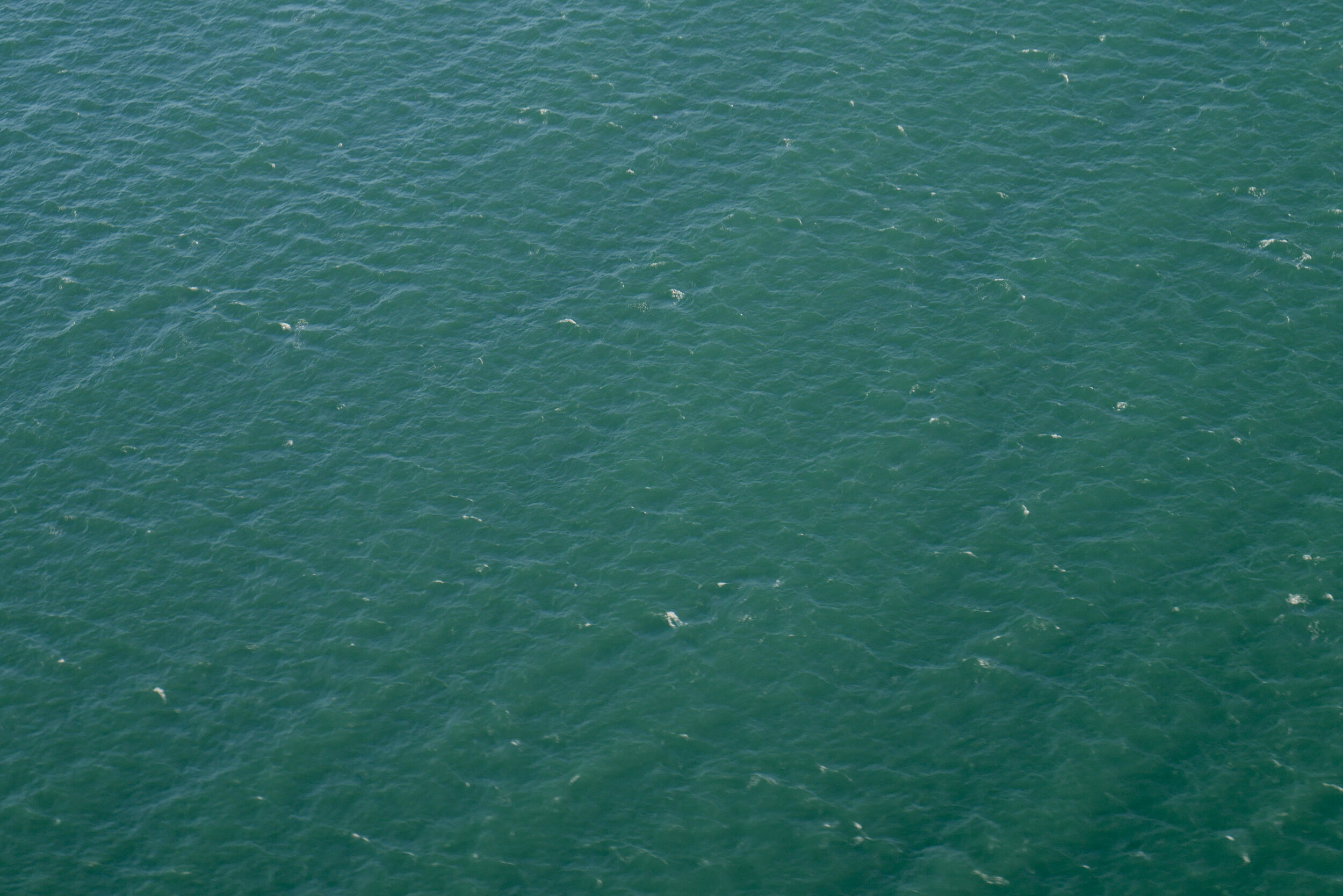
In 2022 Hector the Collector retired, however thanks to a grant from the Wildlife Conservation Society, Rozalia Project has a new crew member!
Sofar Trident Underwater Drone
We can use our phone or tablet to control the drone and livestream, full HD video from underwater straight to our devise. The trident can dive comfortably to 125m of water. It comes with rechargeable lithium batteries that provide 3-4 hours of power to explore underwater. It also has the ability to communicate wirelessly between the drones topside end of the tether to the android controller. The trident plays an important role in our programs and operations. The first is a derelict fishing gear location and removal program in the Gulf of Maine, the second is with our community outreach programs and open boat events, and the third is our engaging marine debris solutions workshop.
Underwater ROV’s are a great example of the role technology plays in ocean conservation work.

